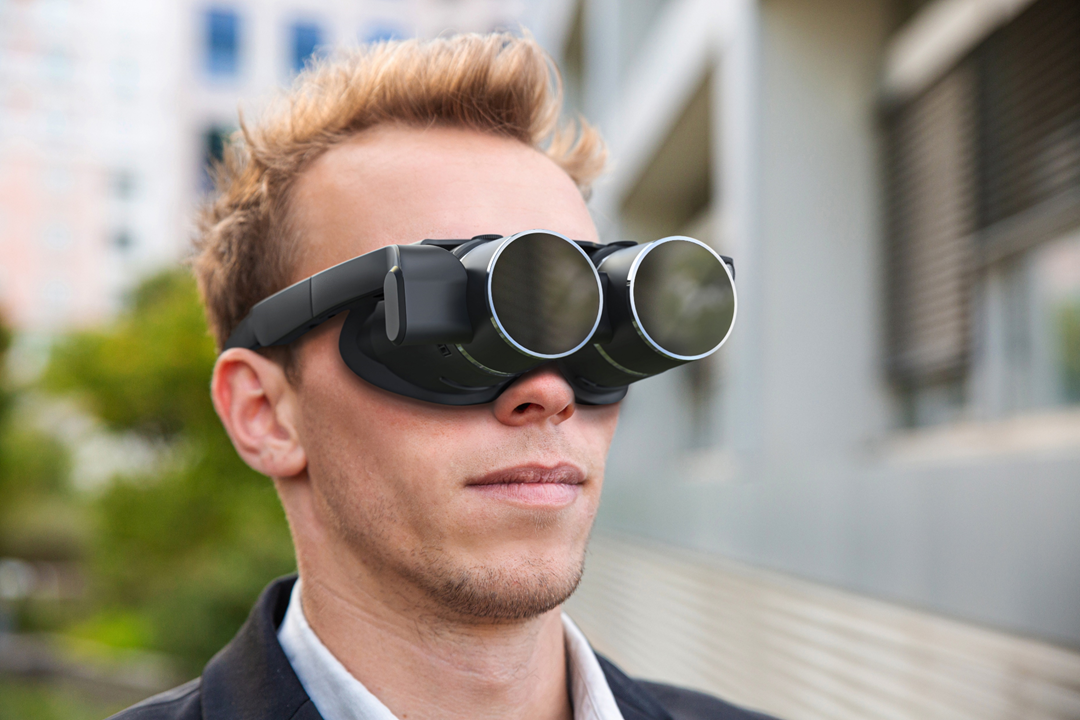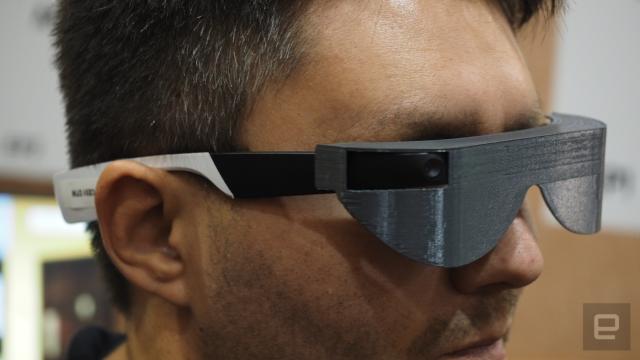Maximizing Efficiency with Screen Readers for the Blind: A Comprehensive Guide
Discover Advanced Assistive Instruments for People With Visual Impairments
The landscape of assistive innovation for people with visual disabilities is evolving quickly, providing a variety of innovative tools that boost freedom and engagement (Braille displays and notetakers). From clever glasses that flawlessly merge visual input with auditory support to innovative navigating applications that redefine spatial recognition, these tools are improving opportunities. Additionally, the most recent advancements in Braille technology and voice-activated systems significantly add to accessibility. Nevertheless, the implications of these advancements expand much beyond mere functionality; they challenge conventional assumptions of impairment and independence. What might this mean for the future of inclusion and assistance?
Smart Glasses Innovations
Smart glasses stand for a considerable advancement in assistive modern technology for individuals with aesthetic disabilities. Geared up with sensors and cameras, wise glasses can catch real-time visual information, which is after that refined and shared to the individual through audio feedback or haptic sensations.
Additionally, innovations in expert system have better improved the capacities of smart glasses. Maker understanding algorithms can identify faces, read text, and determine objects, making them vital tools for everyday tasks. Customers can receive auditory hints that offer context concerning their setting, cultivating independence and confidence.
In addition, the ergonomic design and light-weight nature of numerous clever glasses make them ideal for extended use, making sure convenience while improving performance. As these gadgets continue to progress, they hold the potential to revolutionize the way individuals with aesthetic disabilities experience their lives, bridging the void in between accessibility and innovation. The recurring r & d in this field assurance to expand the possibilities for smart glasses, making them a vital element of modern assistive devices.
Navigation Apps and Tools
Countless navigation apps and devices have actually become essential resources for people with aesthetic disabilities, dramatically enhancing their capacity to pass through strange settings. These innovations leverage GPS performance, audio signs, and real-time information to supply users with specific navigation help.
One popular example is the Aira app, which attaches users to trained agents that can supply visual descriptions of environments and navigation guidance via a live video clip feed. This service improves the customer's spatial understanding and self-confidence while navigating. Another remarkable device is Seeing Eye GPS, which offers voice-guided navigation and sights, enabling individuals to gain access to important info regarding their surroundings.

As modern technology remains to advance, the advancement of much more innovative navigation tools assures to further empower individuals with visual problems, helping with smooth wheelchair and combination into varied atmospheres. Such developments contribute in promoting an extra comprehensive culture.
Braille Technology Developments
In current years, improvements in Braille modern technology have dramatically changed exactly how individuals with aesthetic problems access information and engage with the globe around them. The development of mobile Braille display screens has transformed analysis by allowing individuals to link wirelessly to mobile phones, tablet computers, and computer systems. These gadgets transform text right into Braille in real-time, enabling smooth interaction with digital web content.
Additionally, cutting-edge Braille printers have emerged, improving the production of tactile materials. Modern embossers are much faster and extra efficient, check that permitting the fast production of Braille files and instructional materials. This efficiency minimizes the moment and anchor cost related to producing Braille sources, making them more obtainable to companies and schools.
Additionally, the assimilation of Braille with various other technologies, such as synthetic knowledge and device discovering, has actually opened brand-new methods for personalized learning experiences. Voice recognition and synthesis modern technologies can enhance Braille, supplying a comprehensive approach to info circulation.
As the demand for comprehensive education and learning and workplace atmospheres grows, these technological improvements play a critical duty in equipping individuals with aesthetic problems, ensuring they have equal access to information and possibilities in numerous facets of life.
Wearable Gadgets for Freedom
A growing selection of wearable devices is enhancing freedom for individuals with aesthetic impairments, providing ingenious services that improve navigation and day-to-day living. Braille displays and notetakers. These gadgets use sophisticated modern technologies to provide real-time responses and assistance, advertising freedom in numerous atmospheres

Wearable modern technology also includes smartwatches that can be configured with ease of access features, enabling users to receive notices, track their areas, or perhaps ask for support with the touch of a switch. Some gadgets incorporate fabricated knowledge to evaluate the setting, offering audio descriptions of neighboring objects or people.
Voice-Activated Assistive Solutions
Leveraging voice-activated assistive remedies has transformed the landscape of support for individuals with visual disabilities, giving hands-free interaction and accessibility to a variety of tasks. These innovations use natural language processing and synthetic knowledge to enable individuals to carry out daily activities through simple voice commands.

In addition, current improvements in voice recognition accuracy have actually boosted the user experience substantially, fitting varied accents and speech patterns. This inclusivity ensures that even more individuals can benefit from these technologies, cultivating a higher sense of freedom.
Verdict
To conclude, the growth of advanced assistive tools substantially improves the independence and high quality of life for individuals with aesthetic impairments. Innovations such as clever glasses, navigating applications, Braille innovation, wearable tools, and voice-activated remedies jointly cultivate a more comprehensive setting. These modern technologies empower customers to browse their surroundings with confidence and engage even more fully with the globe, ultimately advertising better accessibility and level playing fields for people dealing with aesthetic difficulties.
The landscape of assistive innovation for individuals with aesthetic impairments is evolving rapidly, presenting a variety of ingenious gadgets that improve autonomy and interaction.Smart glasses stand for a substantial improvement in assistive technology for people with aesthetic problems. As these tools proceed to develop, they hold the possible to transform the method people with visual problems experience their everyday lives, connecting the gap in between ease of access and technology.In current years, improvements in Braille modern technology have substantially transformed how individuals with visual disabilities gain access to info and involve with the world around them. These modern technologies encourage customers to browse their environments with self-confidence and involve even more totally with the globe, eventually promoting better accessibility and equal chances for people facing aesthetic obstacles.